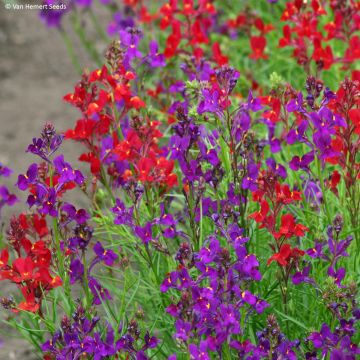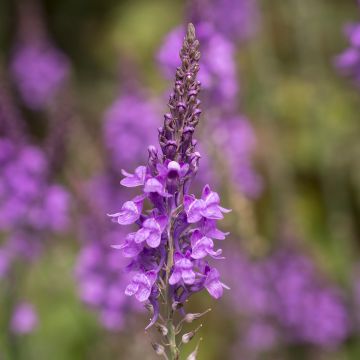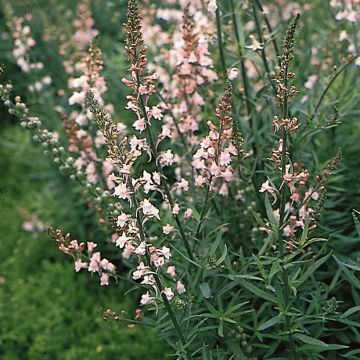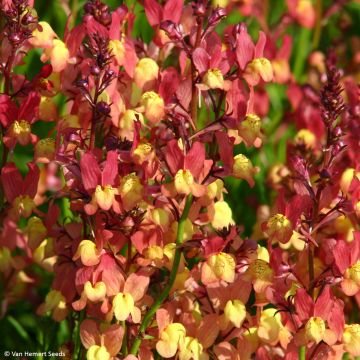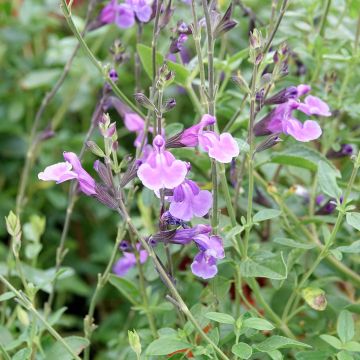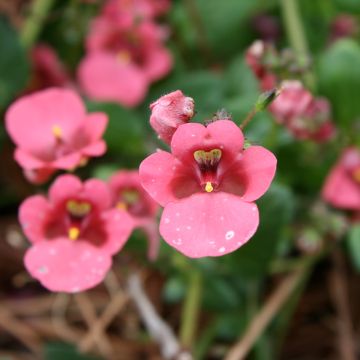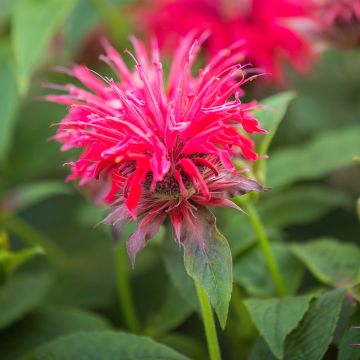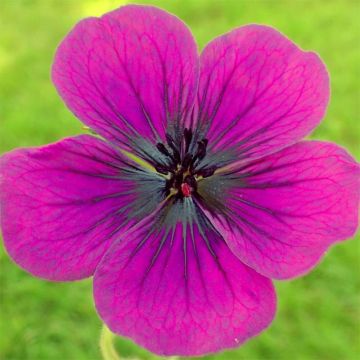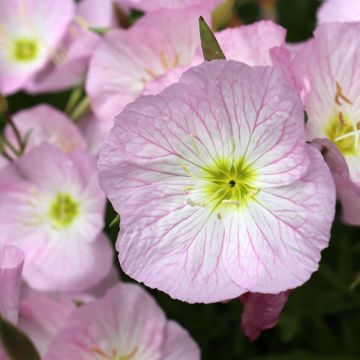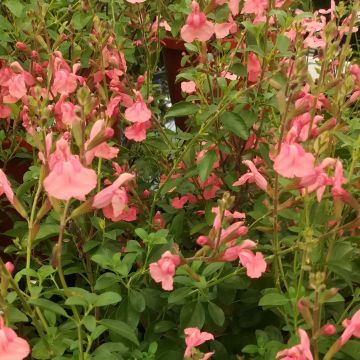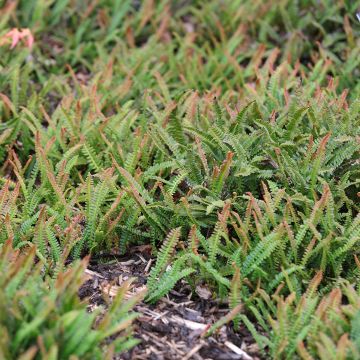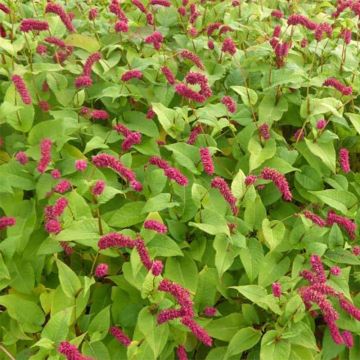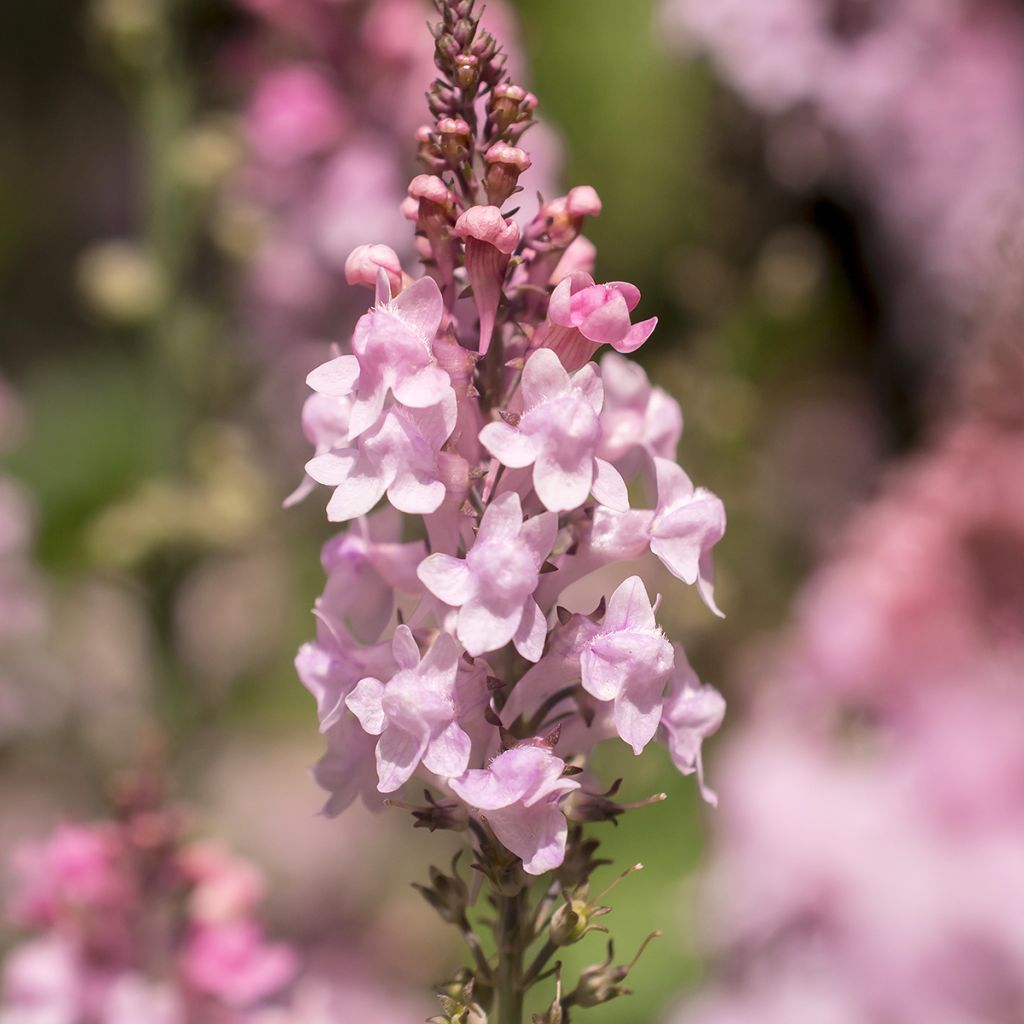

Linaria purpurea Canon J. Went
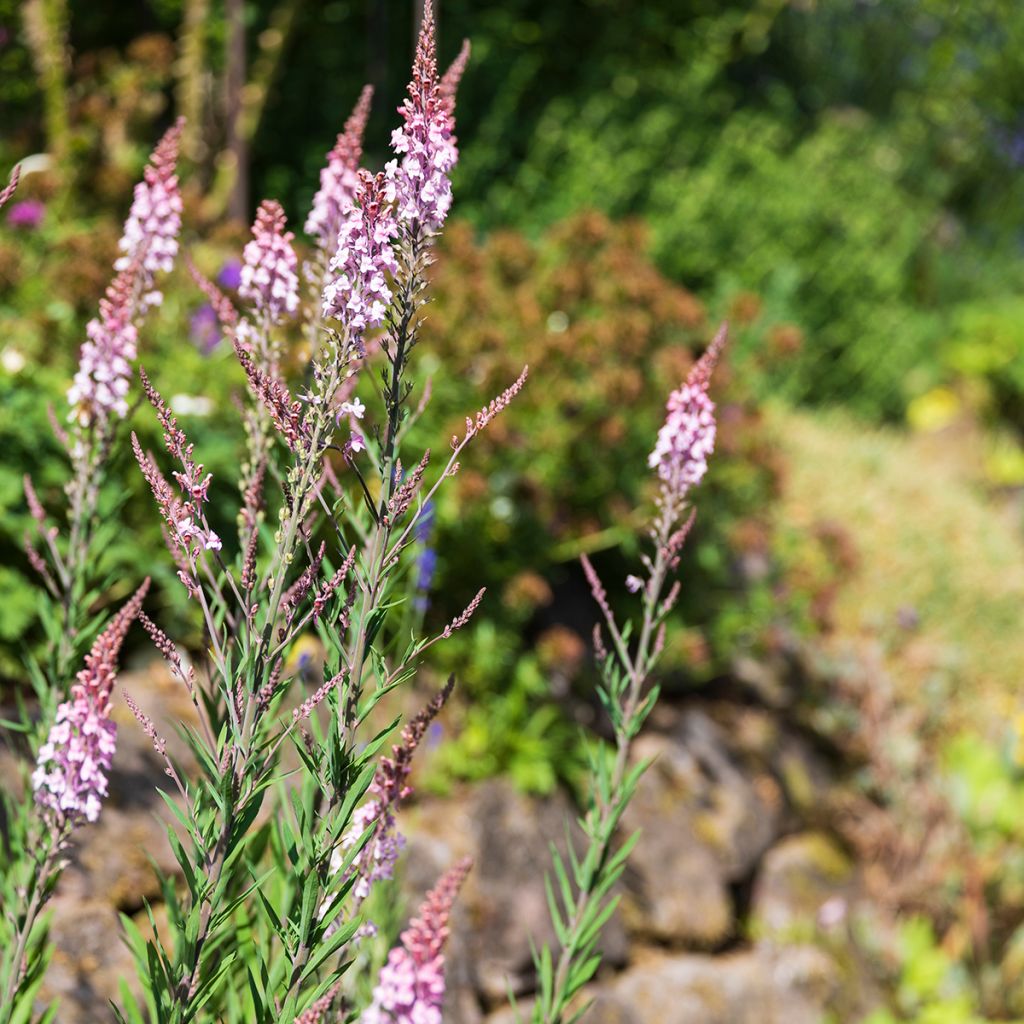

Linaria purpurea Canon J. Went
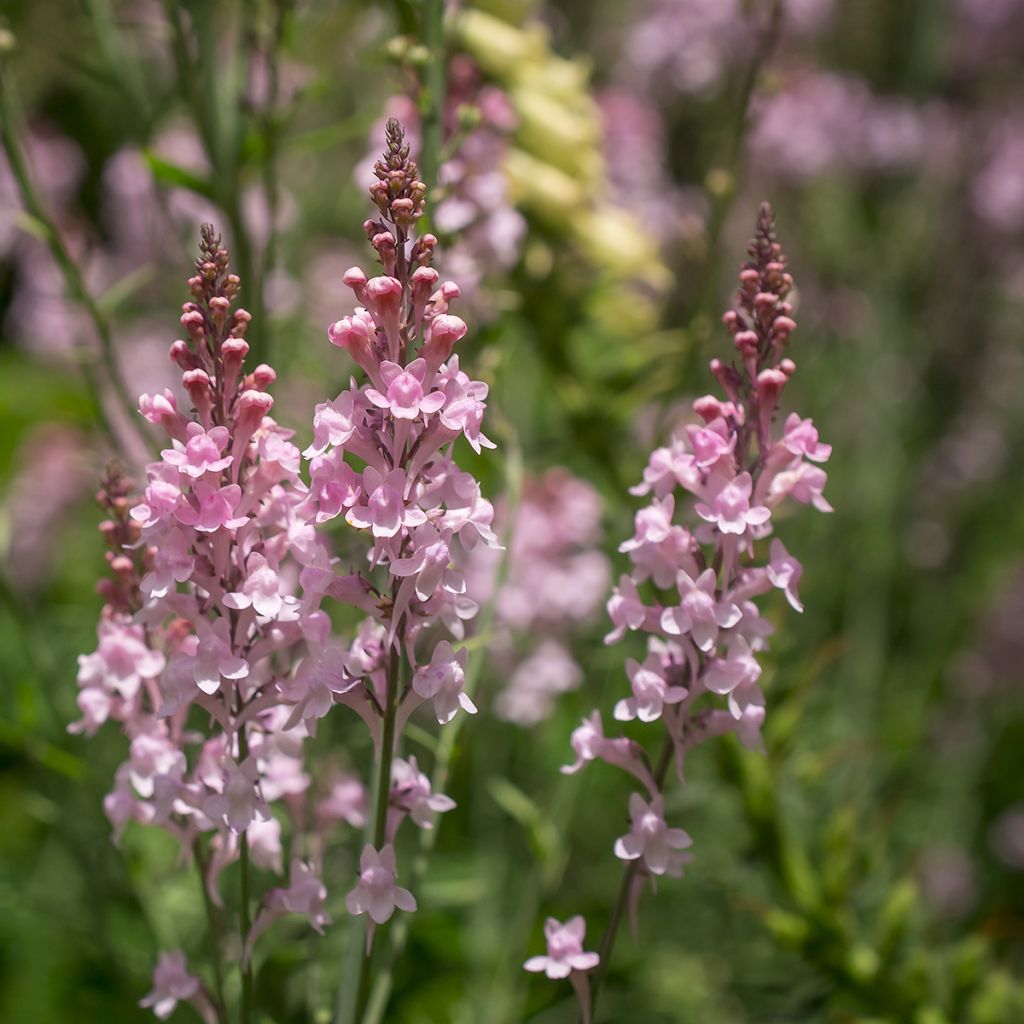

Linaria purpurea Canon J. Went
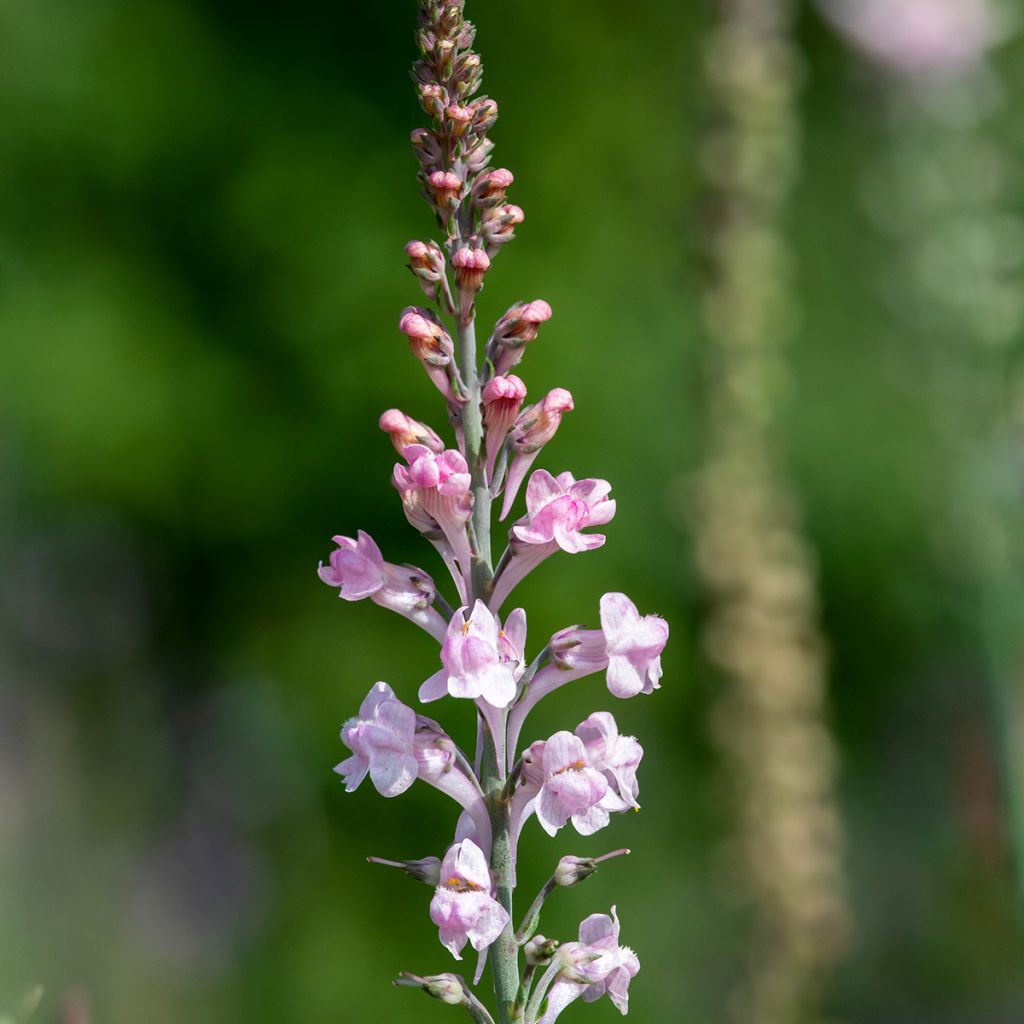

Linaria purpurea Canon J. Went
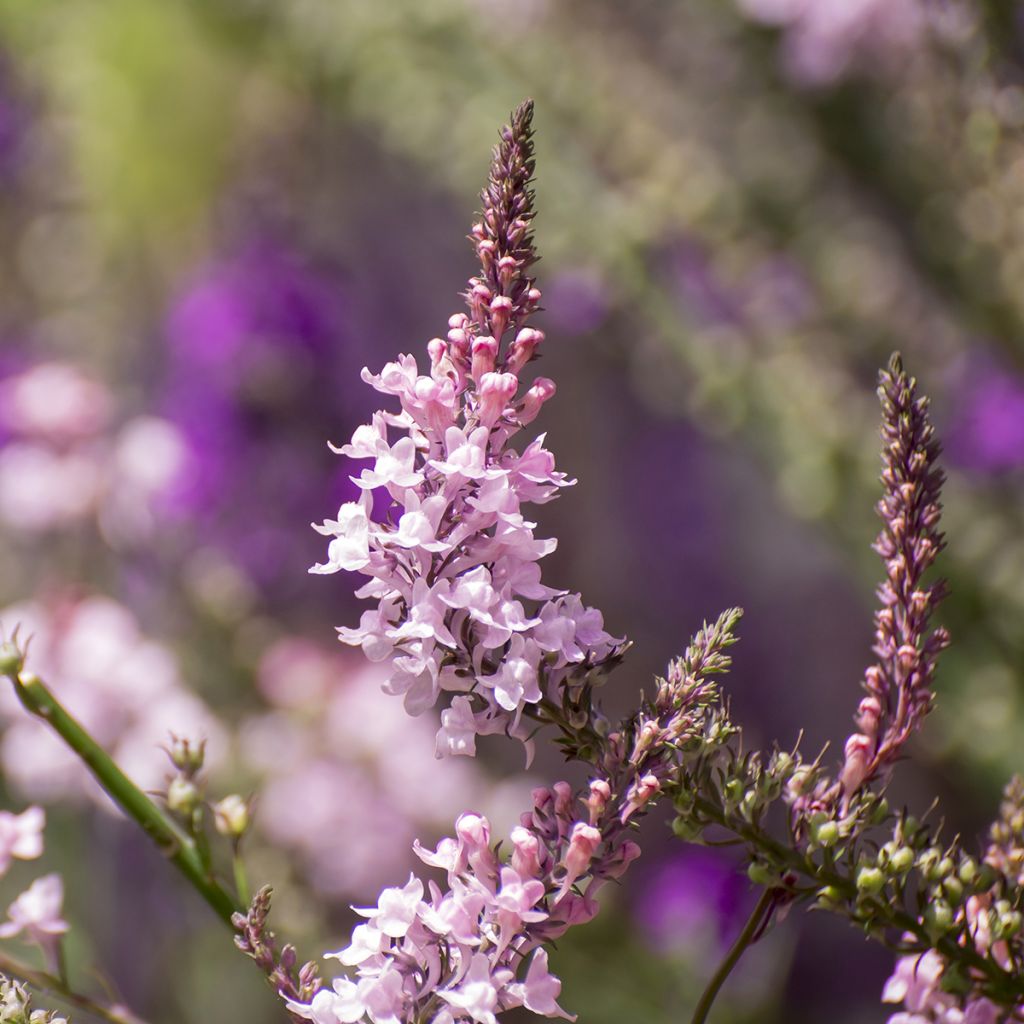

Linaria purpurea Canon J. Went
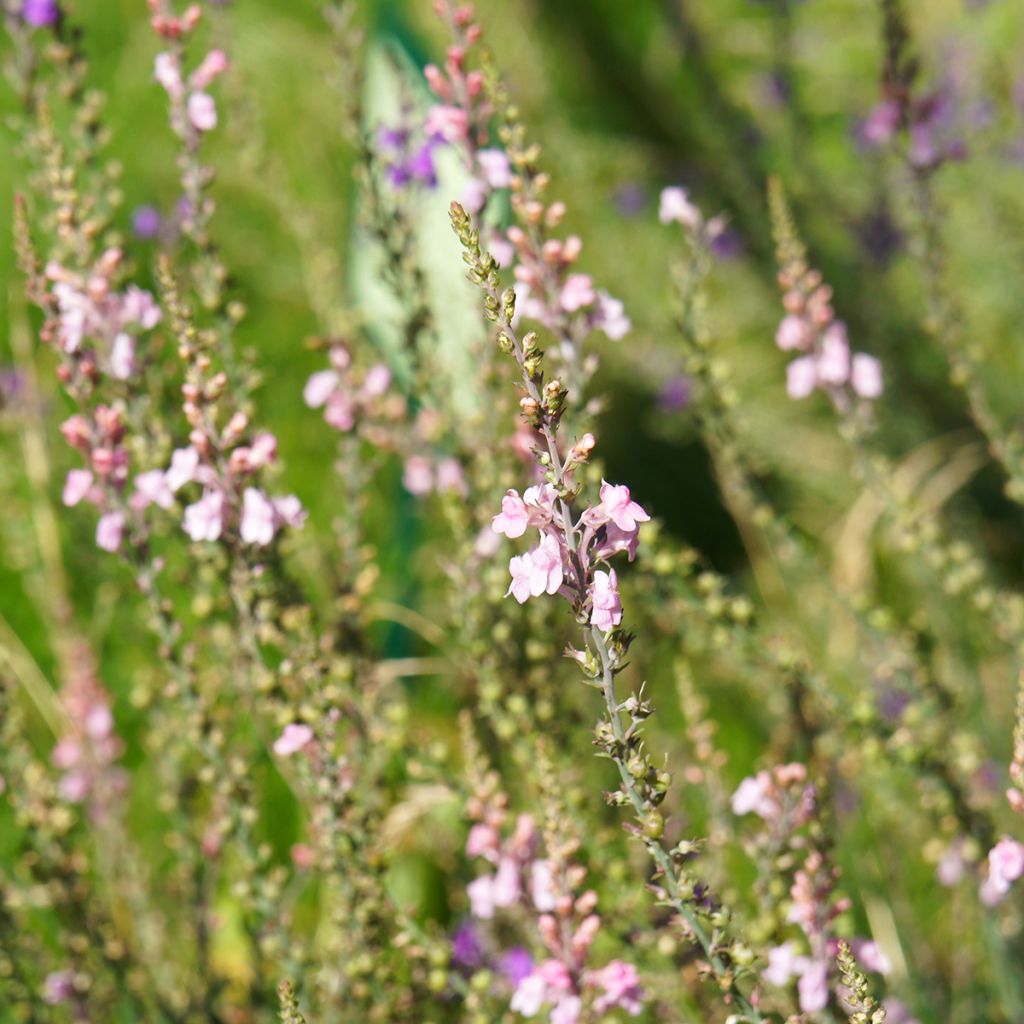

Linaria purpurea Canon J. Went
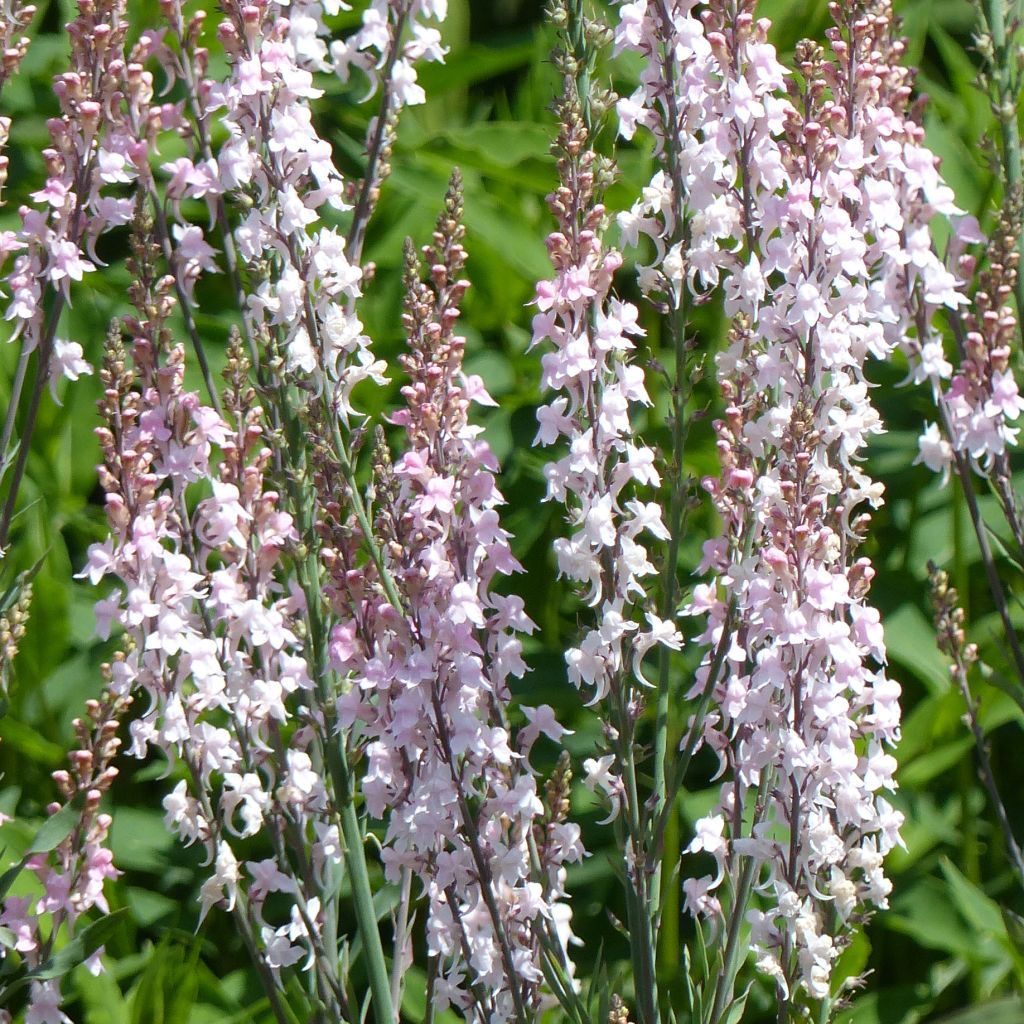

Linaria purpurea Canon J. Went
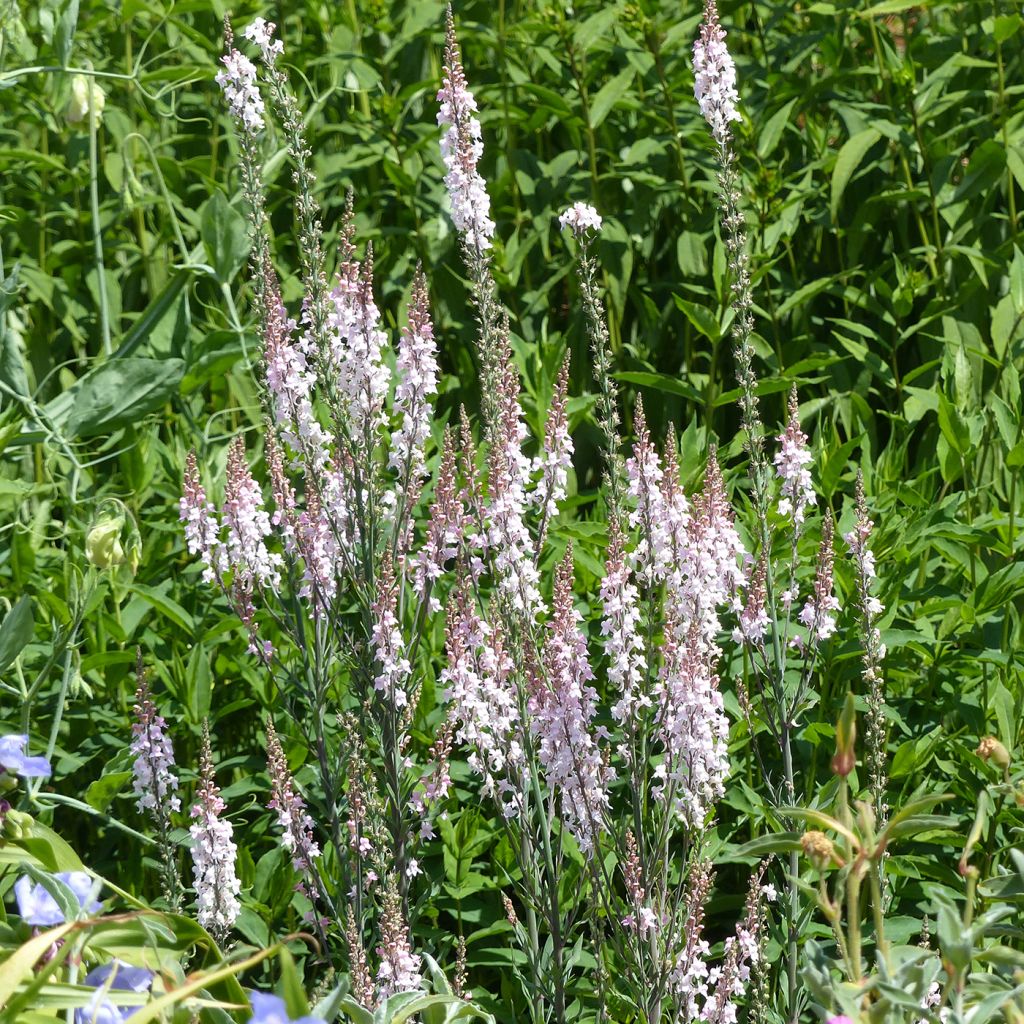

Linaria purpurea Canon J. Went
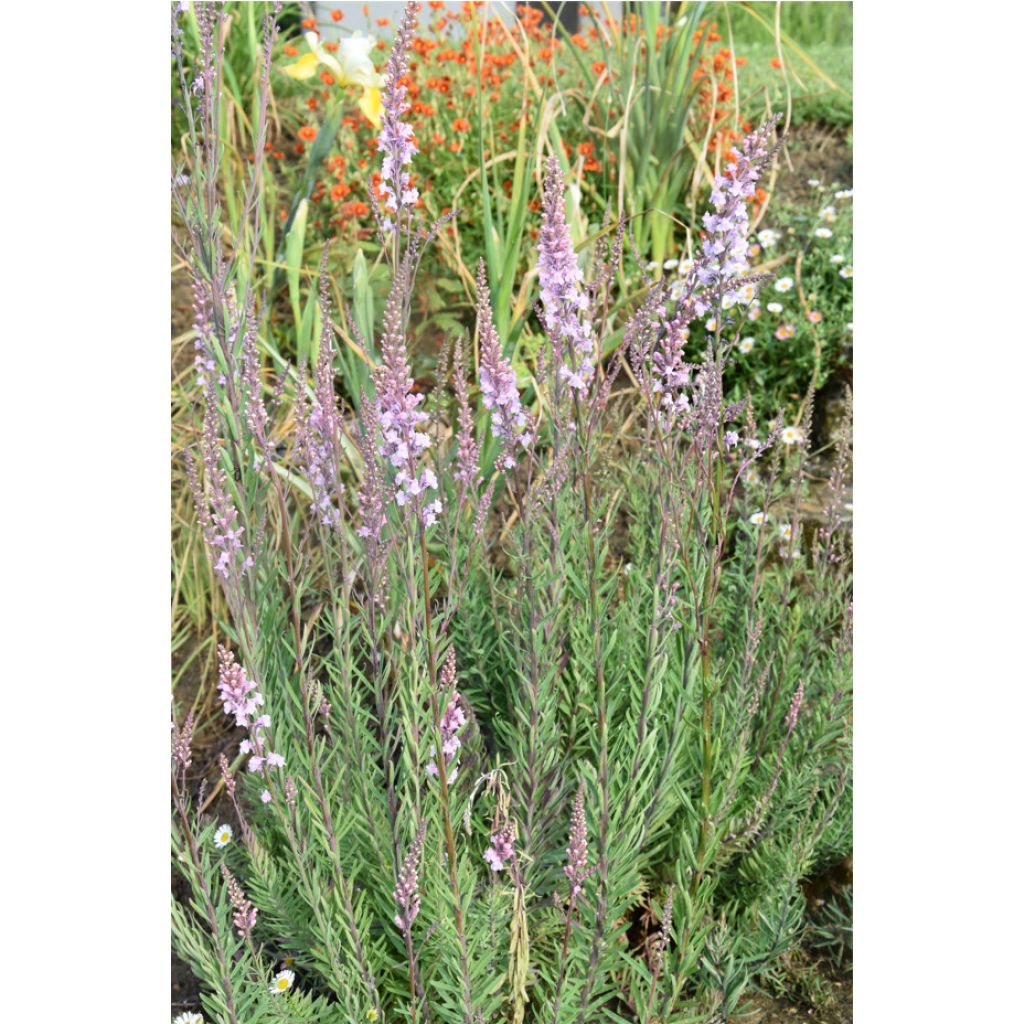

Linaria purpurea Canon J. Went
Linaria purpurea Canon J. Went
Linaria purpurea Canon J. Went
Purple Toadflax
This is the second time I order a loosestrife that dries up: I think it doesn't like my dry, rocky, very hot in summer soil.
Nanou, 11/10/2024
This item cannot be shipped to the selected country
Delivery charge from €5.90
More information
Schedule delivery date,
and select date in basket
This plant carries a 12 months recovery warranty
More information
We guarantee the quality of our plants for a full growing cycle, and will replace at our expense any plant that fails to recover under normal climatic and planting conditions.
From €5.90 for pickup delivery and €6.90 for home delivery
Express home delivery from €8.90.

Does this plant fit my garden?
Set up your Plantfit profile →
Description
Linaria purpurea Canon J. Went, also known as purple toadflax Canon Went, is a tall drought-resistant perennial. It produces dense and flexible spikes of tiny, pale pink flowers, which add a delightful and airy touch to flower beds throughout the summer. This plant naturalizes in light soils, between stone walls, and in rock gardens. Be aware that spontaneous seedlings often revert to the original type.
Linaria purpurea Canon J. Went belongs to the Scrophulariaceae family. It is a larger and more elegant cousin of the toadflax. Linaria purpurea, from which it is a cultivar, has become naturalized in many regions, with its origins believed to be in southern Europe, possibly Italy. Linaria purpurea 'Canon Went' is a deciduous perennial with an upright clump habit, reaching a minimum height of 80 cm (32in) and a diameter of 30 cm (12in). It flowers from June to September, fading in August and then blooming again in September-October in hot and dry climates. The flowers are 2 cm (1in) long, composed of two pale pink lips ending in a curved spur, revealing a white bearded throat. They are densely arranged in spikes. The leaf foliage is slender and linear, with lanceolate grey-green leaves measuring 2 to 6 cm (1 to 2in) long. This plant does not live for a very long time but re-seeds (not always faithfully) easily.
Purple toadflax 'Canon Went' brings cheerfulness wherever it thrives. It is so undemanding that it thrives in the poorest soils. It can be used generously in flowered walls, rock gardens, and large dry slopes. In dry and wild areas of the garden, it can be paired with Euphorbia polychroma, penstemons, horned poppies, tall hybrid mulleins like 'Pink Domino', or perennial flax. It is also perfect for bordering sunny perennial beds, and pairs well with bush roses and small bush deciduous shrubs (lavenders, teucriums, cistus).
Etymology: the species name 'Linaria' comes from LINUM, which means flax, due to the shape of the leaves, which resemble those of flax.
Report an error about the product description
Linaria purpurea Canon J. Went in pictures
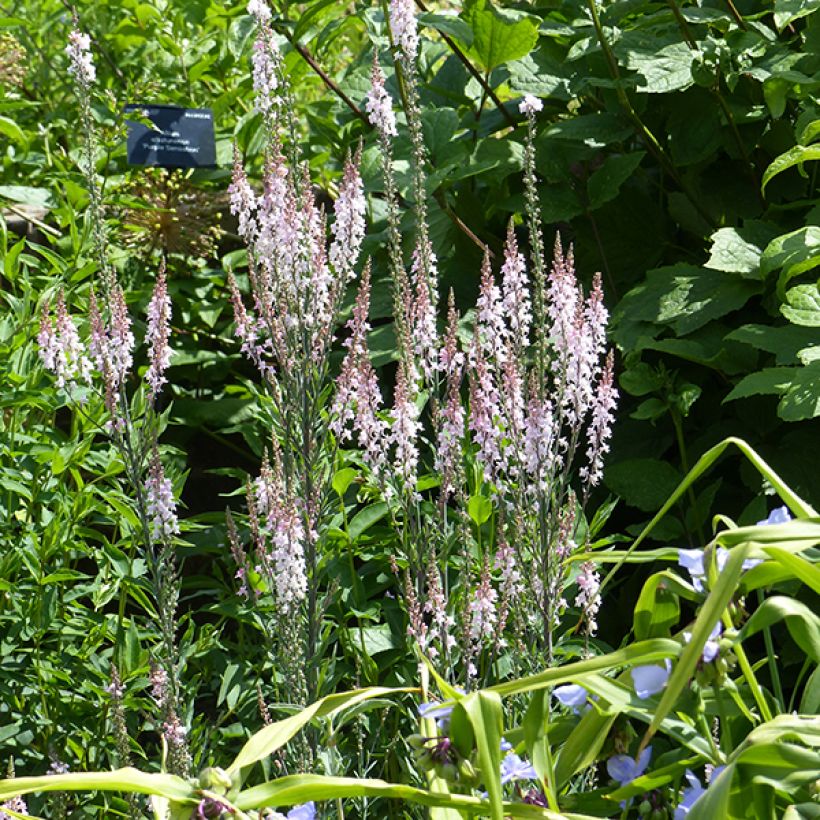

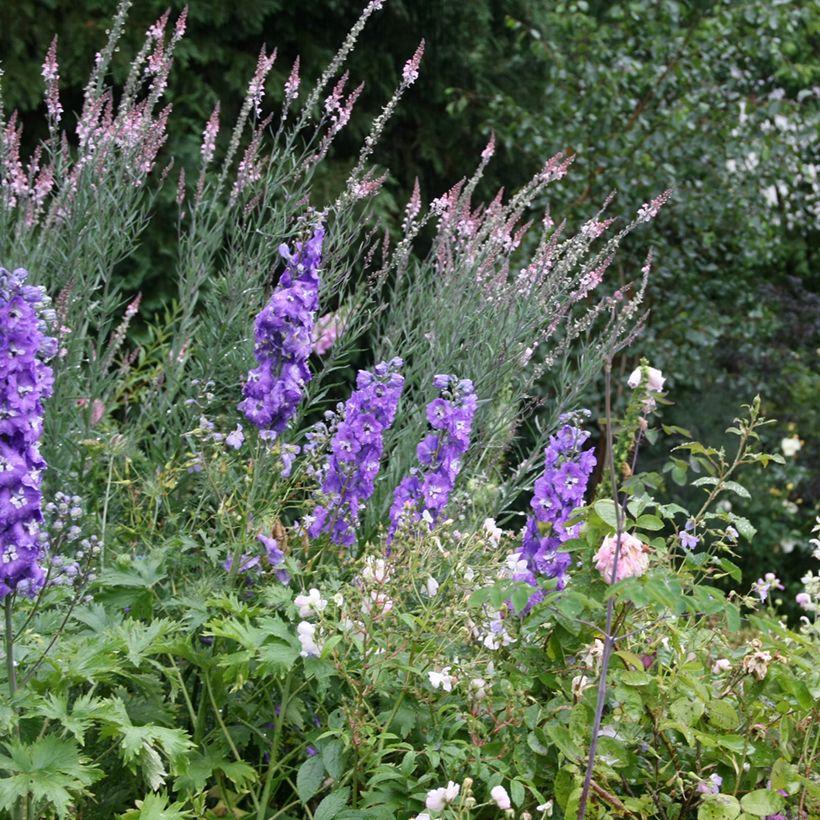

Flowering
Foliage
Plant habit
Botanical data
Linaria
purpurea
Canon J. Went
Scrophulariaceae
Purple Toadflax
Cultivar or hybrid
Other Linaria - Toadflax
Planting and care
Linaria purpurea Canon J.Went lives for a relatively short time, but even varieties that are not faithful to seedlings, take cuttings very easily and it is therefore possible to keep these plants in the garden for a very long time with a little work. In general, they prefer light, porous and very well-drained soil, in sun or partial shade. However, we have found that they are able to reseed in various places in our garden.
Planting period
Intended location
Care
-
, onOrder confirmed
Reply from on Promesse de fleurs
Fast maturing perennials
Haven't found what you were looking for?
Hardiness is the lowest winter temperature a plant can endure without suffering serious damage or even dying. However, hardiness is affected by location (a sheltered area, such as a patio), protection (winter cover) and soil type (hardiness is improved by well-drained soil).

Photo Sharing Terms & Conditions
In order to encourage gardeners to interact and share their experiences, Promesse de fleurs offers various media enabling content to be uploaded onto its Site - in particular via the ‘Photo sharing’ module.
The User agrees to refrain from:
- Posting any content that is illegal, prejudicial, insulting, racist, inciteful to hatred, revisionist, contrary to public decency, that infringes on privacy or on the privacy rights of third parties, in particular the publicity rights of persons and goods, intellectual property rights, or the right to privacy.
- Submitting content on behalf of a third party;
- Impersonate the identity of a third party and/or publish any personal information about a third party;
In general, the User undertakes to refrain from any unethical behaviour.
All Content (in particular text, comments, files, images, photos, videos, creative works, etc.), which may be subject to property or intellectual property rights, image or other private rights, shall remain the property of the User, subject to the limited rights granted by the terms of the licence granted by Promesse de fleurs as stated below. Users are at liberty to publish or not to publish such Content on the Site, notably via the ‘Photo Sharing’ facility, and accept that this Content shall be made public and freely accessible, notably on the Internet.
Users further acknowledge, undertake to have ,and guarantee that they hold all necessary rights and permissions to publish such material on the Site, in particular with regard to the legislation in force pertaining to any privacy, property, intellectual property, image, or contractual rights, or rights of any other nature. By publishing such Content on the Site, Users acknowledge accepting full liability as publishers of the Content within the meaning of the law, and grant Promesse de fleurs, free of charge, an inclusive, worldwide licence for the said Content for the entire duration of its publication, including all reproduction, representation, up/downloading, displaying, performing, transmission, and storage rights.
Users also grant permission for their name to be linked to the Content and accept that this link may not always be made available.
By engaging in posting material, Users consent to their Content becoming automatically accessible on the Internet, in particular on other sites and/or blogs and/or web pages of the Promesse de fleurs site, including in particular social pages and the Promesse de fleurs catalogue.
Users may secure the removal of entrusted content free of charge by issuing a simple request via our contact form.
The flowering period indicated on our website applies to countries and regions located in USDA zone 8 (France, the United Kingdom, Ireland, the Netherlands, etc.)
It will vary according to where you live:
- In zones 9 to 10 (Italy, Spain, Greece, etc.), flowering will occur about 2 to 4 weeks earlier.
- In zones 6 to 7 (Germany, Poland, Slovenia, and lower mountainous regions), flowering will be delayed by 2 to 3 weeks.
- In zone 5 (Central Europe, Scandinavia), blooming will be delayed by 3 to 5 weeks.
In temperate climates, pruning of spring-flowering shrubs (forsythia, spireas, etc.) should be done just after flowering.
Pruning of summer-flowering shrubs (Indian Lilac, Perovskia, etc.) can be done in winter or spring.
In cold regions as well as with frost-sensitive plants, avoid pruning too early when severe frosts may still occur.
The planting period indicated on our website applies to countries and regions located in USDA zone 8 (France, United Kingdom, Ireland, Netherlands).
It will vary according to where you live:
- In Mediterranean zones (Marseille, Madrid, Milan, etc.), autumn and winter are the best planting periods.
- In continental zones (Strasbourg, Munich, Vienna, etc.), delay planting by 2 to 3 weeks in spring and bring it forward by 2 to 4 weeks in autumn.
- In mountainous regions (the Alps, Pyrenees, Carpathians, etc.), it is best to plant in late spring (May-June) or late summer (August-September).
The harvesting period indicated on our website applies to countries and regions in USDA zone 8 (France, England, Ireland, the Netherlands).
In colder areas (Scandinavia, Poland, Austria...) fruit and vegetable harvests are likely to be delayed by 3-4 weeks.
In warmer areas (Italy, Spain, Greece, etc.), harvesting will probably take place earlier, depending on weather conditions.
The sowing periods indicated on our website apply to countries and regions within USDA Zone 8 (France, UK, Ireland, Netherlands).
In colder areas (Scandinavia, Poland, Austria...), delay any outdoor sowing by 3-4 weeks, or sow under glass.
In warmer climes (Italy, Spain, Greece, etc.), bring outdoor sowing forward by a few weeks.

































